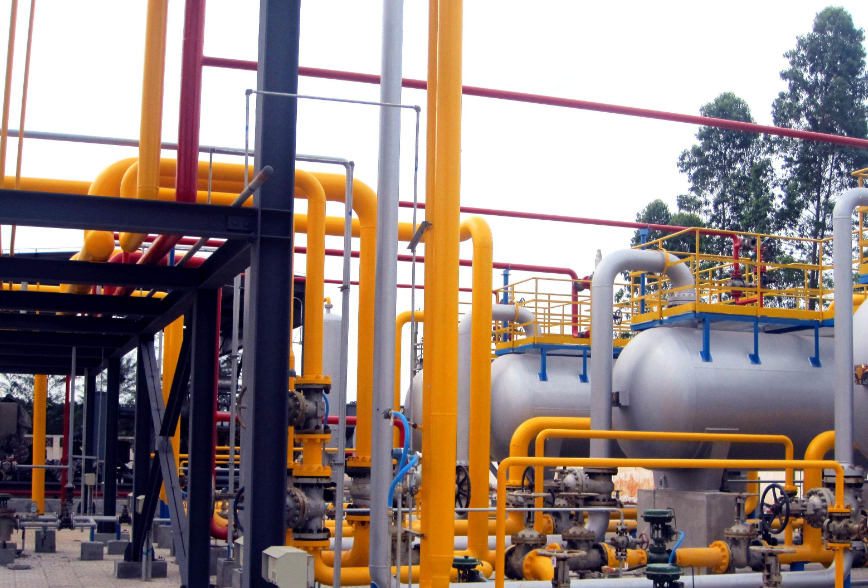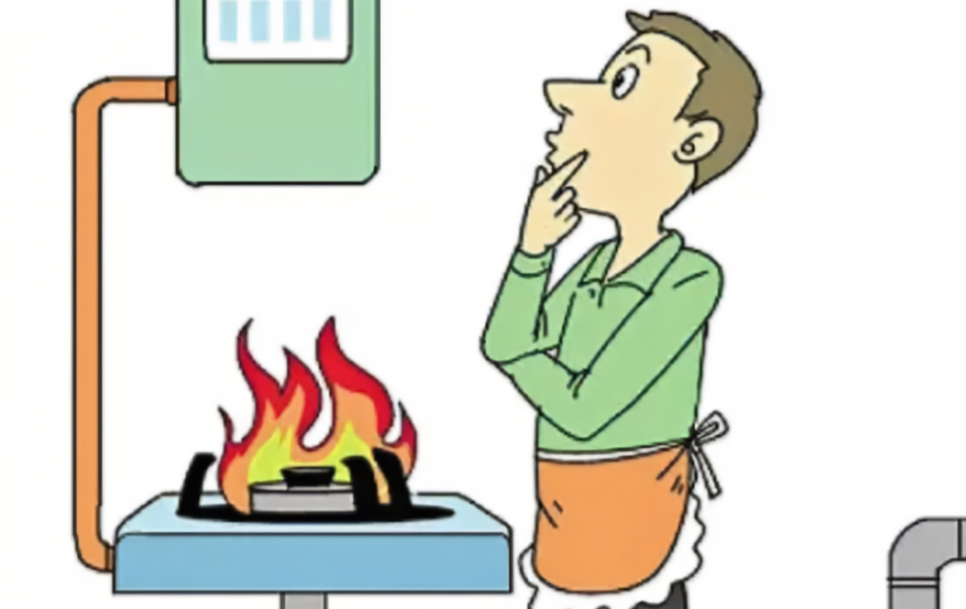Global natural gas industry development status and trend analysis

From the perspective of regional inventories, after the outbreak of the epidemic last year, many natural gas producing countries cut production capacity, and the extremely cold weather at the beginning of this year consumed a large amount of natural gas storage reserves, resulting in natural gas inventories in the United States, Russia, Europe and other places lower than the average level of previous years, and the relatively high gas prices since the beginning of this summer narrowed the summer and winter price gap, weakening the summer gas storage power. Further aggravate the tight market supply situation. In the U.S., natural gas inventories for the week ended Oct. 29 were 3,611 billion cubic feet, 313 billion cubic feet, or 8%, lower than a year ago. That's 101 billion cubic feet, or 2.7 percent, below the five-year average. In Europe, during the gas injection cycle this year, the inventory injection in the European region was only 77%, significantly lower than the 95% in the same period last year, which is the lowest level in more than a decade. In Russia, as the largest supplier of natural gas imports to Europe, the current inventory level of Russian Natural gas company (Russian gas) is also far lower than the same period in previous years, only to meet Russia's domestic winter needs, Russian gas in nearly 2 months a day to Russia's underground storage is equivalent to 80% of its daily exports to Western Europe. The persistently low natural gas inventories in these countries and regions have increased market sensitivity and deepened concerns about winter supply shortages.
2. Strong global demand for natural gas
In 2020, the world's natural gas consumption is 3.82 trillion cubic meters, down 2.3% year on year, and the consumption of major economies has increased and decreased, among which the consumption of natural gas in North America and Europe has decreased by 2.6% and 2.5% year on year, respectively, and the consumption growth rate in the Asia-Pacific region has slowed down, and the consumption of natural gas has increased by 0.1% year on year.
Since 2021, in the context of the global economic recovery, industrial production and consumer demand have rebounded strongly, changing the downturn of last year. The International Energy Agency (IEA), in its Global Gas Market Report for the fourth Quarter of 2021 released in October, noted that global gas market demand remained strong in the first three quarters.
From the perspective of demand growth regions, natural gas demand in Europe has recovered growth, and natural gas demand in Asia has continued to grow rapidly. In the first three quarters, European gas consumption increased by nearly 10% year on year; In the first eight months, China's natural gas consumption rose 16 per cent year on year; In the first seven months, consumption in South Korea, Japan and India increased by 17 per cent, 8 per cent and 3 per cent respectively. The IEA expects that for the whole of 2021, gas consumption in Europe will increase by 4.5% year-on-year; Gas consumption in Asia will grow by 7 per cent year on year, with China contributing 73 per cent of the annual increase, emerging economies 16 per cent and South Korea 6 per cent.
From the perspective of demand growth, first of all, global economic activity is gradually recovering, and the economic growth rate in Asia and the Middle East is accelerating, boosting gas demand in the power sector and the industrial sector.
Second, natural gas demand is more sensitive to climate change, and this year, climate factors, especially extreme weather factors, have driven a significant increase in natural gas demand. The frequent occurrence of extreme weather is gradually changing from accidental factors to long-term factors, affecting the supply and demand pattern of natural gas market.
The extremely cold weather at the beginning of the year and unusually high temperatures in the summer increased residential heating and cooling demand, driving up demand for natural gas power generation.

-- The continuous high temperature in the Northern hemisphere this summer is in sharp contrast to the decline in rainfall during the rainy season. Drought conditions in North America, Russia and many parts of Europe have occurred to varying degrees. The dry weather has caused shortages of hydropower and increased demand for natural gas as an alternative energy source. In the Southern Hemisphere, countries such as Brazil and Argentina are also experiencing severe droughts, and the reduction in hydropower generation has increased the demand for heat distribution in these countries, and natural gas consumption has surged.
Affected by the climate, the overall wind volume in the northern Hemisphere has generally declined this year, from the United Kingdom to Germany, many countries have seen a sharp decline in wind power generation in the first half of the year. Wind power generation is the most important source of renewable energy in many countries, especially in European countries. In order to fill the gap in wind power generation, natural gas power generation needs to be used as a supplement, driving the further growth of natural gas demand.
- EMERSON
- Honeywell
- CTI
- Rolls-Royce
- General Electric
- Woodward
- Yaskawa
- xYCOM
- Motorola
- Siemens
- Rockwell
- ABB
- B&R
- HIMA
- Construction site
- electricity
- Automobile market
- PLC
- DCS
- Motor drivers
- VSD
- Implications
- cement
- CO2
- CEM
- methane
- Artificial intelligence
- Titanic
- Solar energy
- Hydrogen fuel cell
- Hydrogen and fuel cells
- Hydrogen and oxygen fuel cells
- tyre
- Chemical fiber
- dynamo
- corpuscle
- Pulp and paper
- printing
- fossil
- FANUC
- Food and beverage
- Life science
- Sewage treatment
- Personal care
- electricity
- boats
- infrastructure
- Automobile industry
- metallurgy
- Nuclear power generation
- Geothermal power generation
- Water and wastewater
- Infrastructure construction
- Mine hazard
- steel
- papermaking
- Natural gas industry
- Infrastructure construction
- Power and energy
- Rubber and plastic
- Renewable energy
- pharmacy
- mining
- Plastic industry
- Schneider
- Kongsberg
- NI
- Wind energy
- International petroleum
- International new energy network
- gas
- WATLOW
- ProSoft
- SEW
- wind
- ADVANCED
- Reliance
- YOKOGAWA
- TRICONEX
- FOXBORO
- METSO
- MAN
- Advantest
- ADVANCED
- ALSTOM
- Control Wave
- AB
- AMAT
- STUDER
- KONGSBERG
- MOTOROLA
- DANAHER MOTION
- Bently
- Galil
- EATON
- MOLEX
- Triconex
- DEIF
- B&W
- ZYGO
- Aerotech
- DANFOSS
- KOLLMORGEN
- Beijer
- Endress+Hauser
- MOOG
- KB
- Moxa
- Rexroth
- YAMAHA
- Johnson
- Westinghouse
- WAGO
- TOSHIBA
- TEKTRONIX


Email:wang@kongjiangauto.com



































































































































